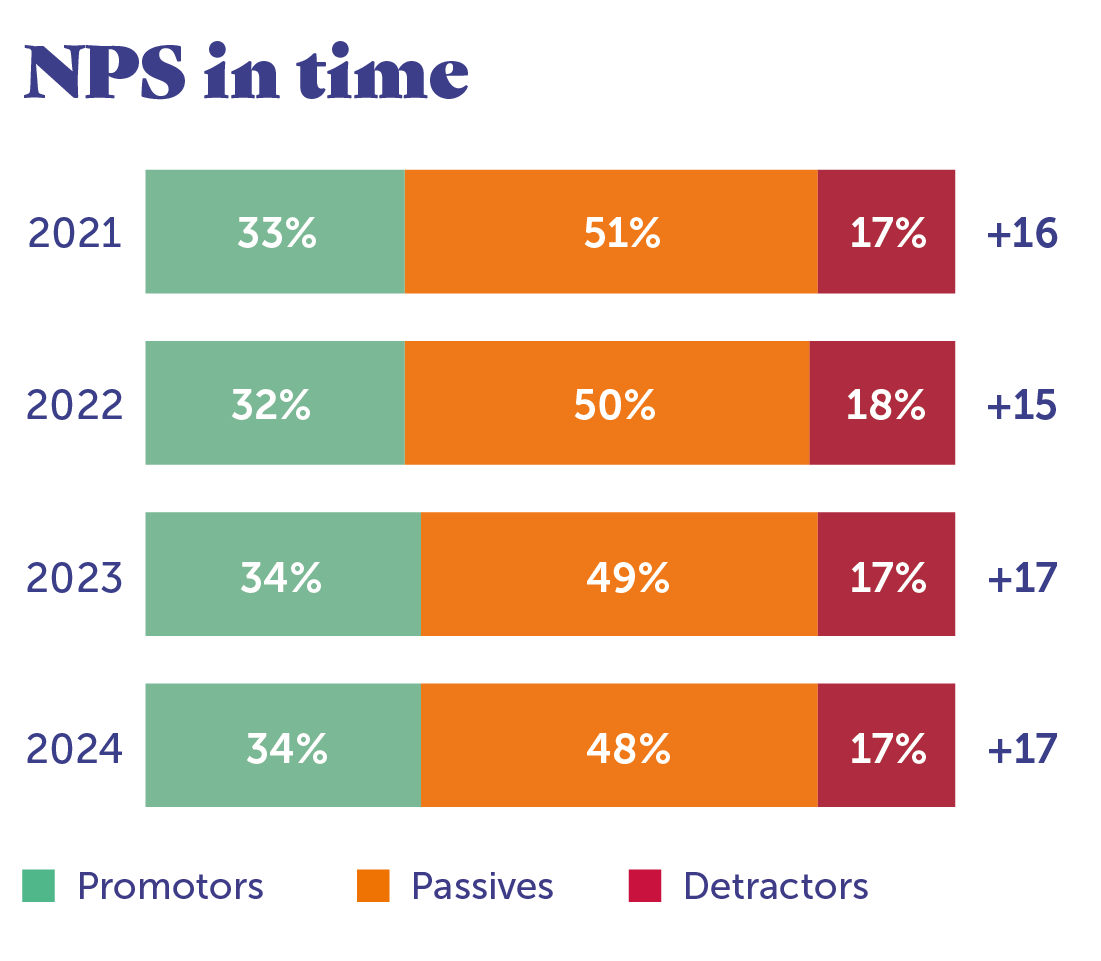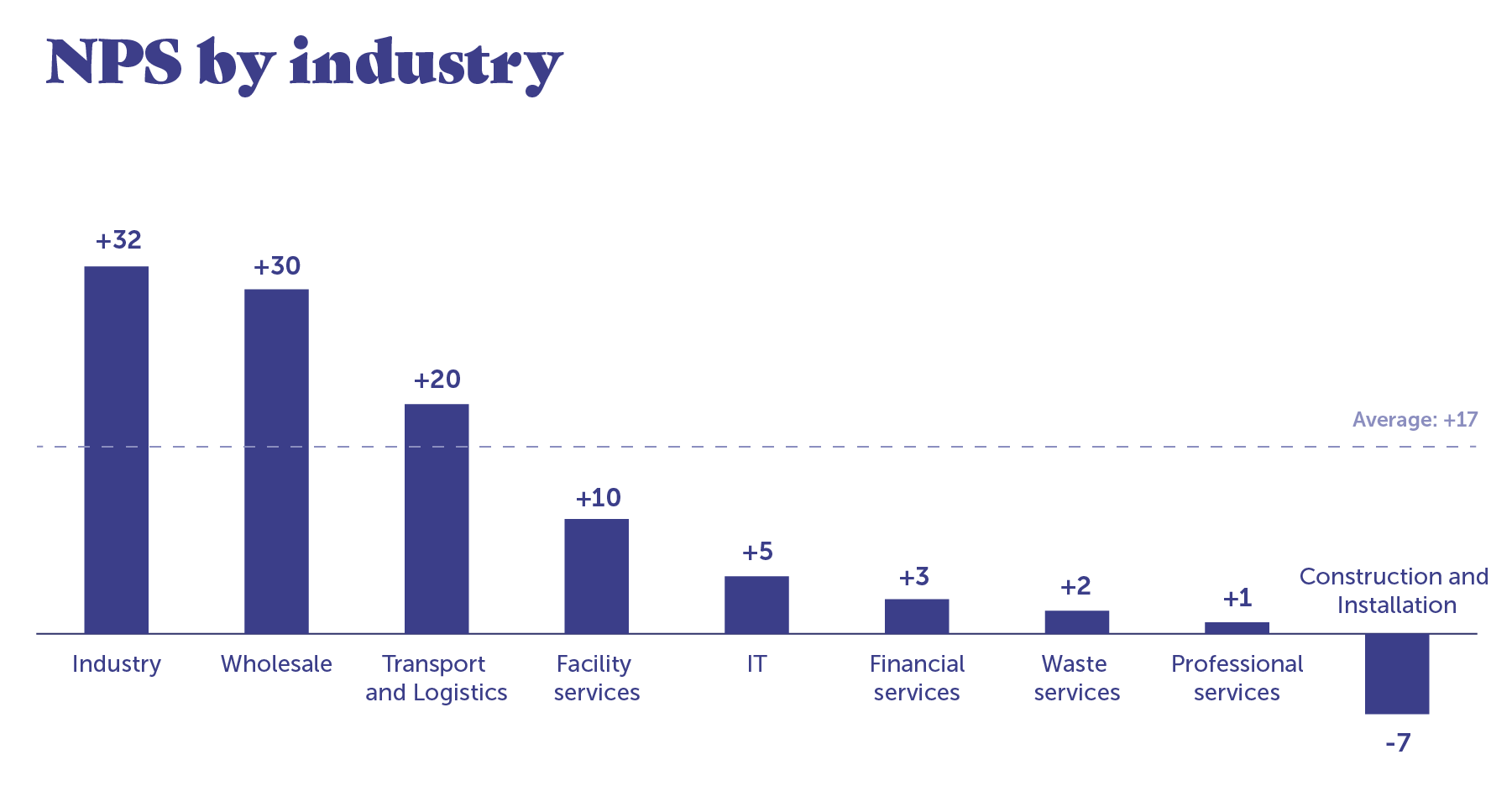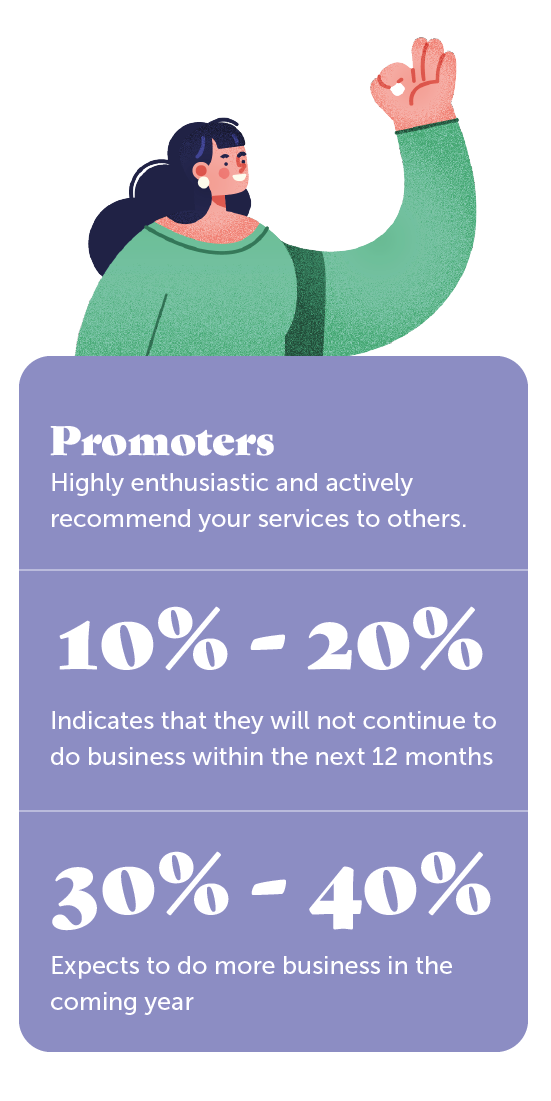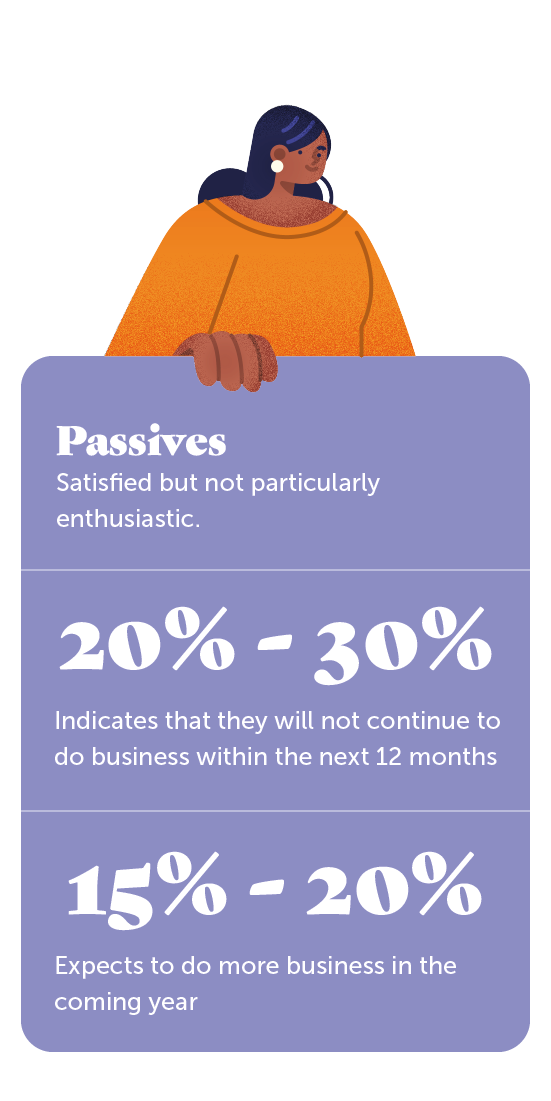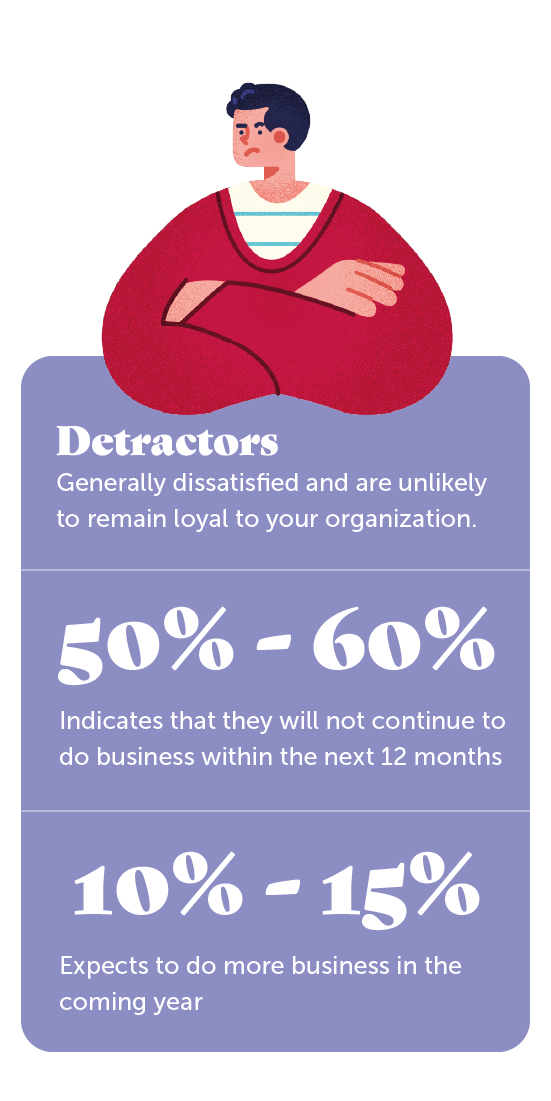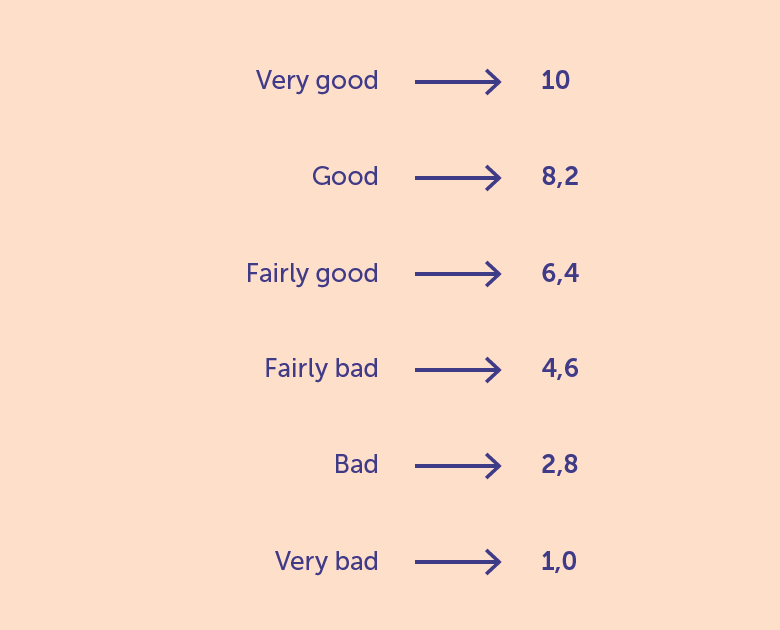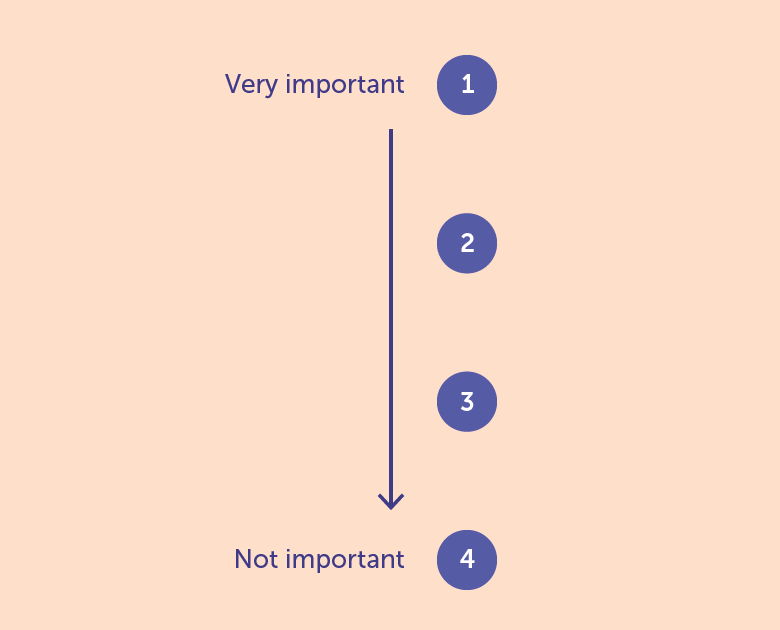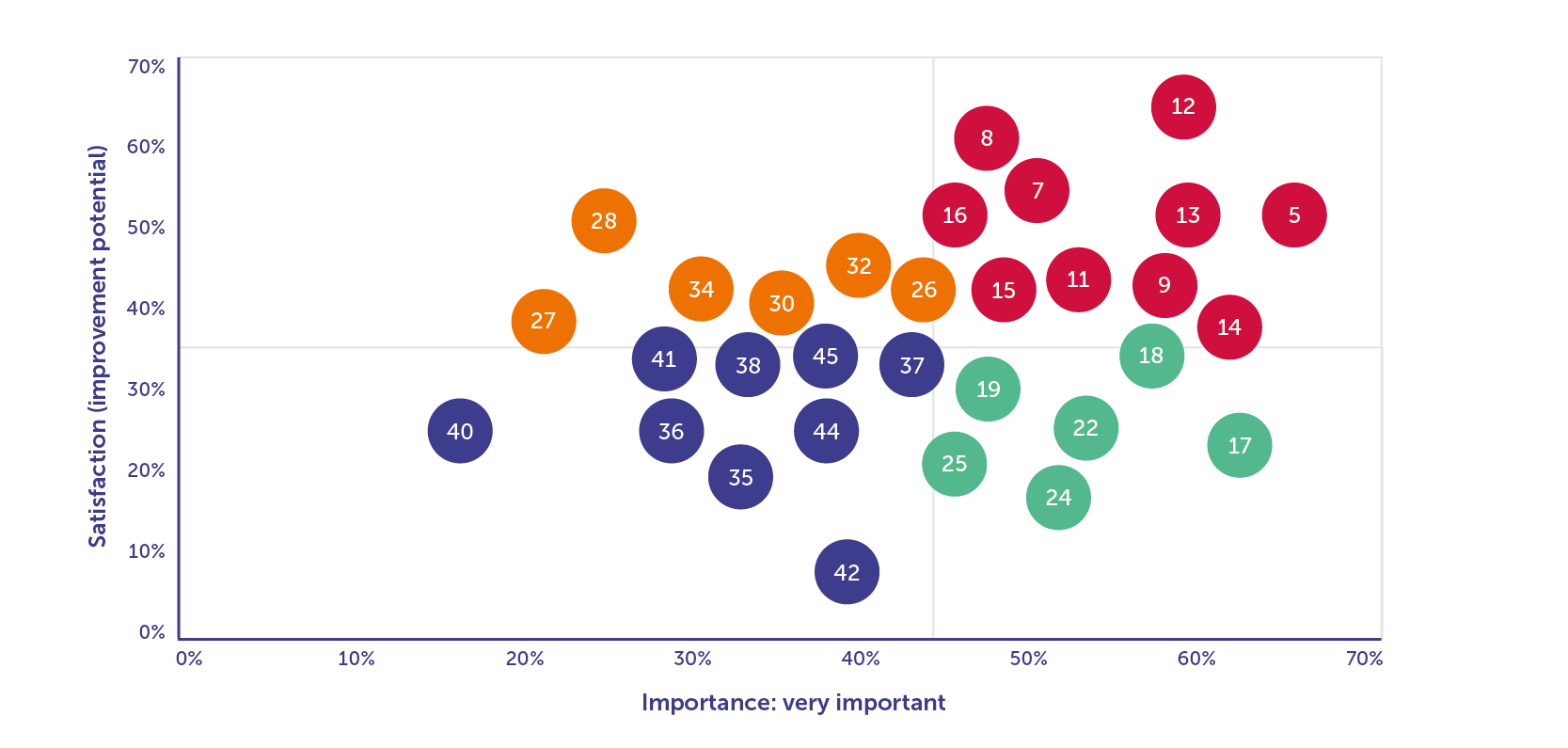Successfully getting started with the results
In this article:
- 1
- 2
Customer Experience
You’ve analyzed the results, time for action. The only thing that has actually happened so far is a measurement. Just like a family doctor taking a quick measurement of your blood pressure. This measurement is important and also certainly necessary to see how healthy you are and part of the diagnosis, but this blood pressure monitor itself is not going to make you better. The actions that follow from it will.

It’s important to consider the bigger picture when implementing changes based on survey results. Using the metaphor of a family doctor, think of it as following a treatment plan to achieve overall health. Just as you wouldn’t take medication merely because the doctor prescribed it or because the blood pressure monitor gave a reading, you shouldn’t act on survey results simply because they’re part of a process or because someone in the organization requested it.
Understand the broader goal: What is your organization ultimately aiming to achieve? Conducting and following up on a survey is a means to an end, not an end in itself.
So, how do you approach this effectively? There’s no one-size-fits-all solution. Below, we provide some general steps and tips that are often effective. However, the actual success will depend on your specific situation. For personalized guidance, we recommend scheduling a consultation with Integron.

Getting Started on Two Levels
When addressing research findings, it’s essential to work on two levels: the individual/customer level and the organizational/structural level.
Customer/Individual Level
Engage with the Customer
Have the customer manager discuss the feedback with the customer. Understand the specific issues that could be improved for this particular customer. Focus on the smaller details that can make a significant difference for them. Set realistic expectations and avoid making promises you can’t keep.
Prepare for the Conversation
Approach the conversation with the customer with an open mind. Here are some tips to ensure a productive dialogue:
-
- Don’t Take Feedback Personally
View feedback as an opportunity for improvement. Remember, it reflects the customer’s experience, not an absolute truth. Address feedback neutrally and seek to understand, not to defend yourself. - Act Quickly on Critical Feedback
Address critical feedback promptly to avoid further dissatisfaction. Delays can exacerbate the problem. - Listen and Ask Questions
Focus on understanding the customer’s perspective. Use open-ended questions to gather detailed insights and avoid reacting defensively. Your goal is to understand their point of view while maintaining your own. - Identify the Perception Behind the Numbers
Understand the reasons behind ratings, such as a 7 or an 8. What specifically is the customer referring to? Define and address the core issues. - Honor Agreements and Set Expectations
Fulfill commitments to show that you take the feedback seriously. Be transparent about what changes can be made and the timeline for implementing them.
- Don’t Take Feedback Personally
If you need further assistance, schedule a coaching call with Integron.
Organizational/Structural Level
- Prepare and Set Goals
Schedule a meeting with your team to discuss the results. Prepare by analyzing the data, creating a presentation, and setting clear goals for the meeting. Understand the larger organizational objectives behind the survey and how your actions contribute to these goals. - Discuss the Results
During the meeting, present the results, balancing positives and negatives. Engage in discussions to deepen your understanding. - Determine Focus
Identify one or two key areas to focus on. Prioritize these areas collaboratively with your team. - Describe the Current and Desired Situation
Clearly outline the current state and the desired outcome for the focus areas. Describe both accurately to create a clear picture of what needs to change. - Identify the Core of the Problem
Avoid jumping to solutions too quickly. Explore the root cause of the issues by asking “why” multiple times to understand the underlying problems. - Devise Solutions and Plan Actions
Once the core problem is clear, develop solutions and translate them into concrete actions. Be critical and ensure that each solution addresses the core issues effectively. - Assign Owners and Set Deadlines
Assign responsibility for each action item and set deadlines. The owner is accountable for ensuring the action is completed, though they need not perform it alone. Keep the issue on the agenda to ensure continued focus.
For additional support or advice, schedule a coaching call with Integron.

Tips for CX Experts
After weeks of preparation and enthusiasm, the research phase is complete. However, the real work begins now. How can you ensure that following up on the survey involves not just the sales or marketing teams, but the entire organization? Here are five tips to help you get started:
1. Inform all levels of the organization
Once you have the results, it’s crucial to share the information with the organization. Don’t keep the results to yourself any longer than necessary. Ensure that every level of the organization, at least in broad terms, understands the research outcomes. Develop a communication plan detailing who needs to be informed, what they need to know, and when they will receive the information.
2. Be transparent about the process
While not everyone needs to know all the details at the same time, it’s important to communicate openly about the process. Typically, management will be briefed first, followed by other stakeholders and eventually customers. Make sure to inform customers about the timeline and any upcoming sessions or meetings. Transparency helps set clear expectations and demonstrates that you value their feedback.
3. Put the research in the context of a higher purpose
Remember, conducting and following up on a survey is a means to an end, not the end itself. Identify the higher goals you want to achieve with the organization. Assess how the research results align with these goals. Are you on track to meet your organizational objectives based on the findings?
4. Integrate the research with existing projects and processes
The organization is likely engaged in various initiatives. Don’t let the research follow-up feel like an additional burden. Instead, connect the research results to current projects and processes. Use the insights as input for optimizing existing efforts.
5. Collaborate with others
As the expert, your role isn’t to handle everything alone. Involve employees and, if appropriate, customers in the process. Working together can enhance the effectiveness of the follow-up efforts. While you might progress faster on your own, collaborating ensures you go further and achieve more impactful results.
Need help or advice?
If you need further support or guidance, schedule a coaching call with Integron.




